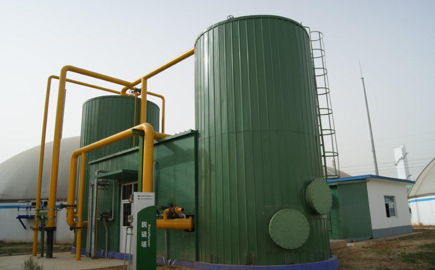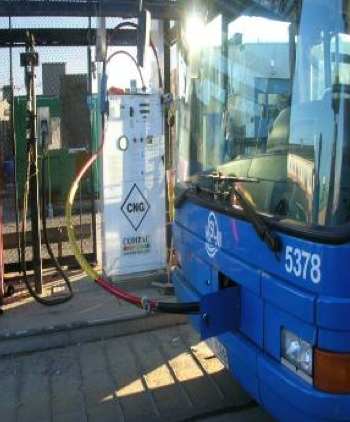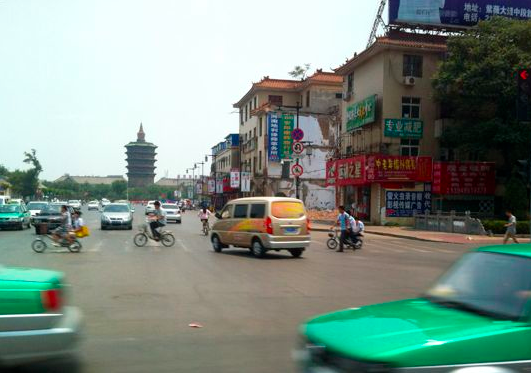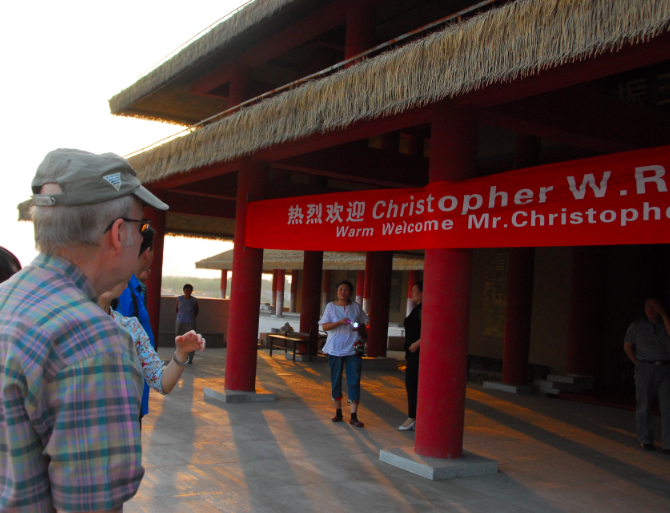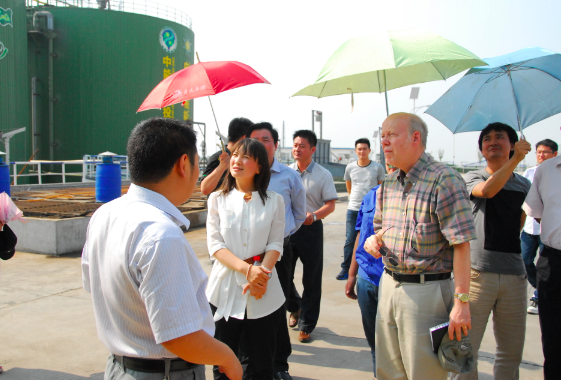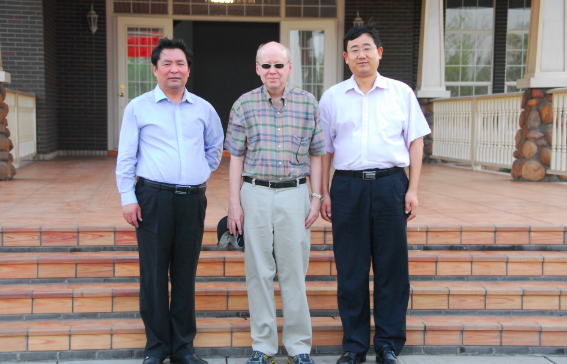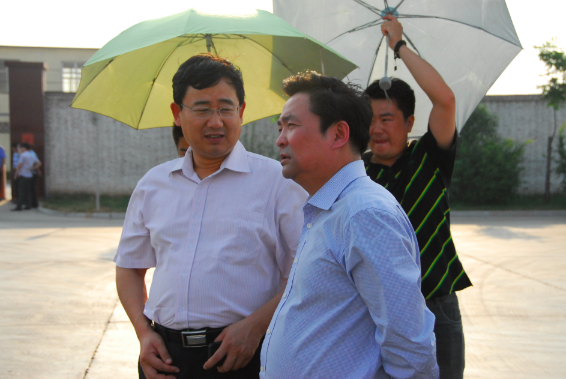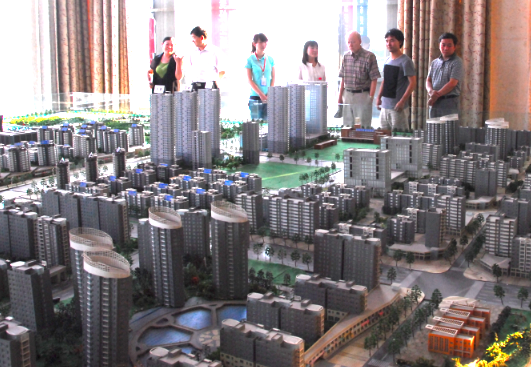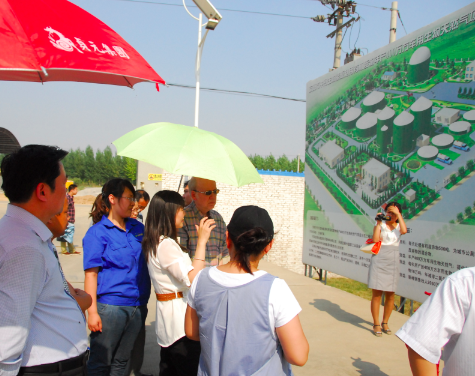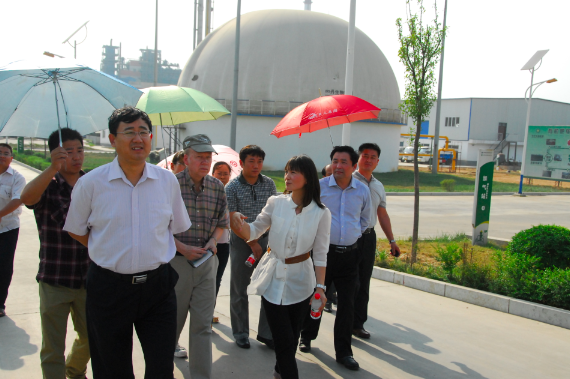 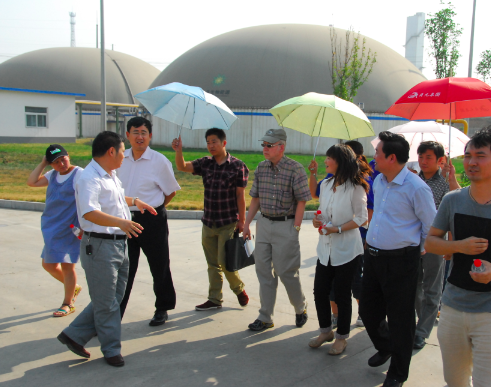
 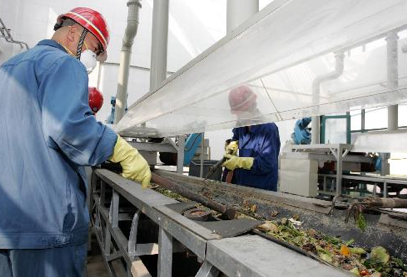
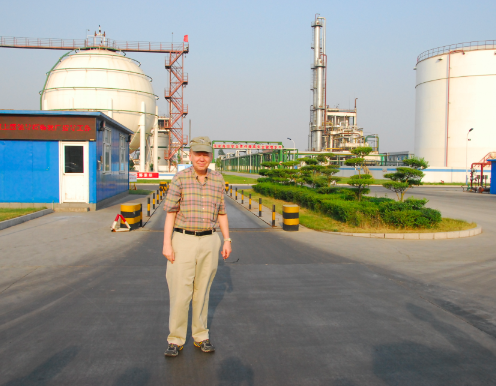 
I came to
see that the Zhenyuan group unlike most companies in the
green energy field in China has all of the right parts in place:
production of both coal bed methane and bio gas, production of
DME, distribution, storage and retail sales to the consumer.
Provision for conversion of cars, trucks and buses to utilize methane
as a transportation fuel which I understand pays off for many owners
after
only one month because of the lower methane cost as compared to
gasoline or diesel. The energy conference Zhenyuan Group has
taken the lead in organizing has made Anyang well known in China for
its pioneering role in green energy. The Green Energy Industrial
Park, which already exists at a demonstration level and is being
expanded, are gaining notice from foreign green energy companies as a
good location to demonstrate and test new green energy and energy
efficiency technologies in China. Each of these are parts of the
total package that Mr. Pian Yunlai, the founder, has put all
together with a vision to build China’s leading and most professional
green energy company.

* China coal bed methane output will
surge 50 percent in 2012
*
Coal bed Methane is expected to reach 230 Bcm by 2015.
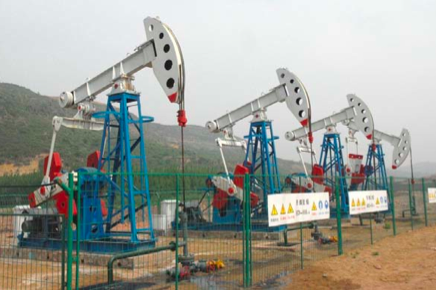
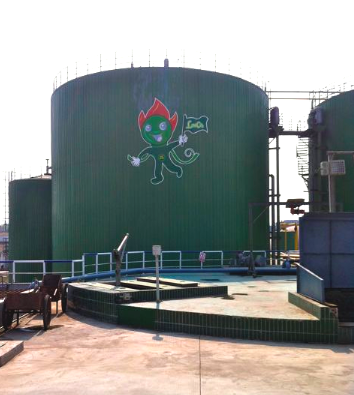
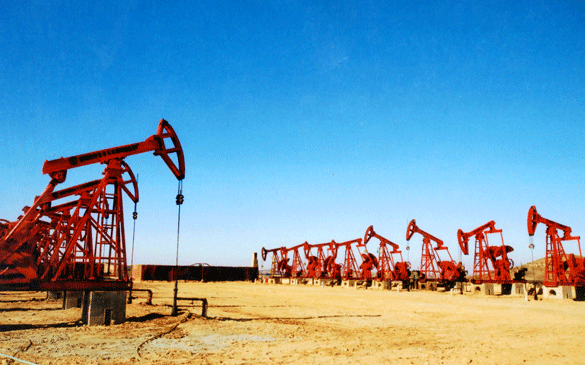 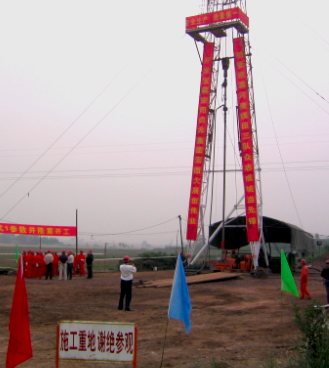
Gas output from the coal seams mainly of Shanxi province, which
neighbors to Henan province where Anyang is located, is rising fast and
is set to hit 8 billion cubic metres (bcm) this year, up a half from
2011 - emerging from nowhere just six years ago to provide China with a
cleaner, local alternative fuel for the future.
China is investing 100 billion yuan ($16 billion) to double output
again by 2015. Beijing wants coal seam gas output as high as 30 bcm by
2020, which would be 15 percent of China's total gas production, up
from 5 percent of the total last year. Beijing plans to double the
share of natural gas in its energy mix by
2015 and reduce coal's role in a drive to ease pollution and slow
greenhouse gas emissions. China will import more gas, but it also aims
to boost output from domestic natural gas fields as well as
unconventional sources such as coal beds and shale.
Within the next 10-15 years, China's CBM output could eclipse the
annual output of top CBM producer the United States' of around 50 bcm,
executives at companies involved in the sector say. The bulk of that
output will come from Shanxi's aging and dangerous mines which
hopefully will be made safer by extracting the gas before the coal.
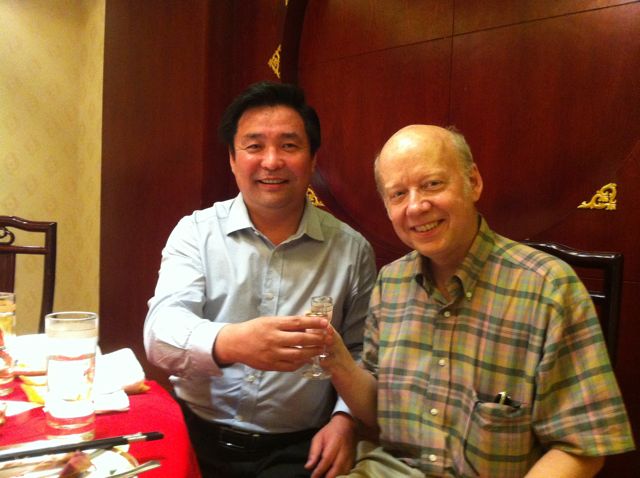 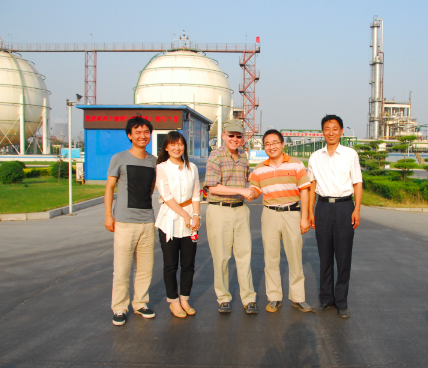
Besides the safety advantages of extracting the methane gas and the
fact that methane is a much cleaner transportation fuel than gasoline
or diesel, coal bed methane should be extracted because it is
also better for the environment than letting the methane - a greenhouse
gas 20 times more potent than carbon dioxide - enter the atmosphere
which often happens at present and provokes tremendous ecological
damage.
Even though the U.S. government estimates China sits on the world's
biggest shale gas reserves, coal bed methane is now the lowest hanging
fruit for China and companies like the Zhenyuan group are moving to
help China convert to this cleaner fuel. Soaring coal output has
powered China's growth into the world's second-largest economy and
exploitation of coal bed methane will help China to meet growing energy
needs with cleaner fuels from its own resources while research and
development on shale gas reserves and the geology surrounding them is
further researched and investigated. This will allow China to
find and exploit the drilling and other procedures for shale gas that
work best in its distinctive geology. Chinese shale may hold
1,275 trillion cubic feet (36 trillion cubic meters of gas), or 12
times the country’s conventional natural gas deposits, the U.S. Energy
Information Administration said in April. China’s “technically
recoverable” reserves are almost 50 percent more than the 862 trillion
cubic feet held by the U.S., the EIA said.
I was very impressed by the Zhenyuan group and their pioneering CEO
Pian Yunlai. China has a big challenge ahead of itself to meet
its growth targets and energy needs in a more ecologically responsible
and cleaner way. Although their are certainly excesses in China
and air pollution is still in need of further and stricter curbs,
companies like the Zhenyuan group are trying to find ways that make
sense for China and that help to balance cost with cleaner
transportation alternatives. Zhenyuan Group has big plans to be a
part of the solution and it is a name to watch.
About the Author:
Christopher W. Runckel, a former senior US diplomat who served in many
counties in Asia, is a graduate of the University of Oregon and Lewis
and Clark Law School. He served as Deputy General Counsel of President
Gerald Ford’s Presidential Clemency Board. Mr. Runckel is the principal
and founder of Runckel & Associates, a Portland, Oregon based
consulting company that assists businesses expand business
opportunities in Asia. (www.business-in-asia.com)
Until April of 1999, Mr. Runckel was Minister-Counselor of the US
Embassy in Beijing, China. Mr. Runckel lived and worked in Thailand for
over six years. He was the first permanently assigned U.S. diplomat to
return to Vietnam after the Vietnam War. In 1997, he was awarded the
U.S. Department of States highest award for service, the Distinguished
Honor Award, for his contribution to improving U.S.-Vietnam relations.
|

